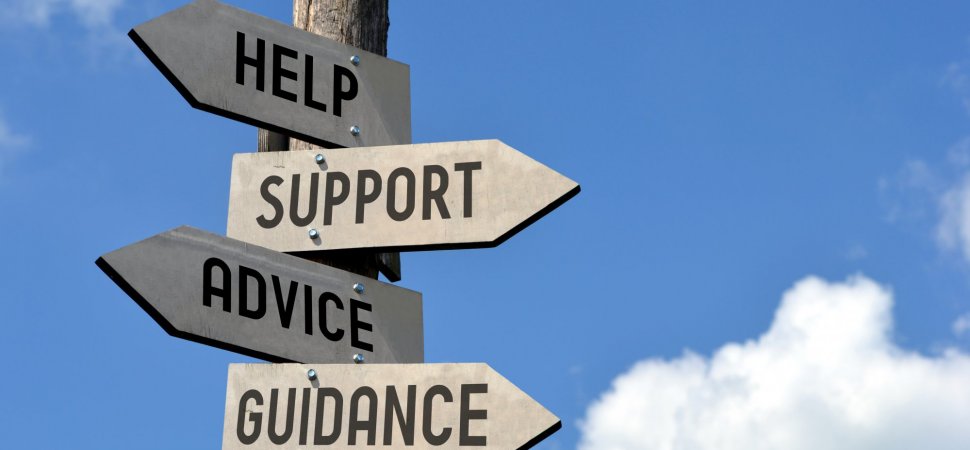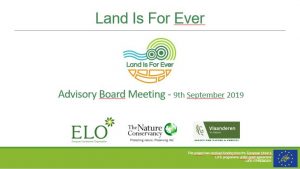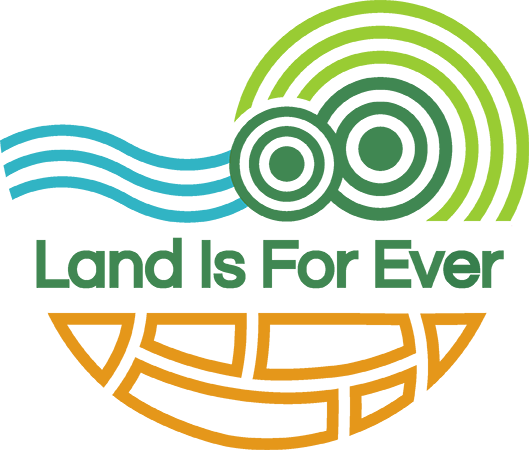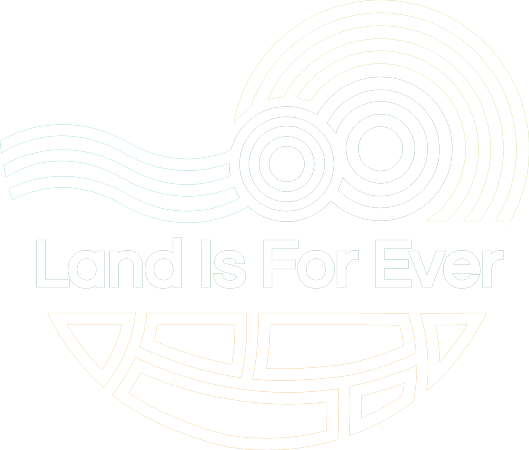
08 Oct LIFE Advisory Board Meeting, 9th September 2019, Brussels, Belgium

The Advisory Board came together for the first time to evaluate the implementation of the project activities, advise on upcoming actions and share their knowledge and experience on the topic. Participants had an international background and represented most of the important stakeholders.
| 14 :00 | Welcome & Tour de table – Jurgen Tack |
| 14 :15 | Introduction to the project – Jurgen Tack
Jurgen Tack explains about the project aims, the importance of investing in private land conservation, how this project will contribute to a more effective framework of private land conservation in Europe and gives an introduction on which activities have been implemented so far and the upcoming activities. |
| 14 :30 | Progress activities – Anne-Sophie Mulier
Starting with a presentation of the Gantt-chart. The Mid-term of the project has been submitted in August and the budget request was accepted. Gathered information on existing tools and incentives was the basis for the 14 focus groups. The focus groups gave an insight in the existing tools and perceptions of the landowners. They aimed an understanding of available tools, preferences of innovative tools and factors of importance. Two main common themes: 1) To find an answer on the question ‘What is nature, what do we have to protect?’ 2) Distrust in conservation key-actors and the feeling of top-down restrictions. Landowners see opportunities if more flexibility in tools and trust between key players (from both sides). The focus groups mainly focussed on needs and opportunities landowners see to make the existing tools more attractive. We should also consider what landowners themselves can do differently. This goes together with offering them an attractive incentive for their investment in nature conservation. Survey results don’t show a harmonized message of factors of importance for conservation tools, but more a ‘Wishlist’ from the landowners’ side. Some of them are conflicting (asking for more public recognition but limiting public access, asking for less administrative requirements but also program flexibility and local adaption,…), which demonstrates the complexity of private land conservation issues. A brochure on the outcomes of action A1 is expected January 2020. |
| 15 :10 | Upcoming activities – Jurgen Tack
Evaluating exiting tools for different types of landowners, different Member States and different land situations. Find out which administrative/social requirements are needed for certain tools ? Run a gap analysis on the coverage of conservation tools and evaluate the legal context for improvement where needed. Continue communication between the LIFE and ELCN. 5 specific tools will be implemented in 5 different Member States as pilot cases. If in conflict with legal system this can be replaced by a theoretical case study. Already three possible cases have been identified in Belgium and the Netherlands. Attendees are asked to share other cases of interest from Spain, Estonia, Bulgaria, France, Sweden. A US study tour on private land conservation will be organised 2020 by TNC. |
| 16 :00 | After-Life – Jurgen Tack
Continuing communication and networking capacity. Continue to work on making the work of landowners ‘better’. Build trust between the networks ; be reliable in commitments and work on a cooperative spirit. Investigate further in the existing interest of landowners and NGO’s in how conservation tools should be designed to make them attractive. |
| 16 :15 | ELCN – Tilmann Disselhoff
Introduction to the ELCN project, update on the progress and common basis with the life LIFE. In 21 of the 25 studies EU Member States it is already legally possible to make use of easements for conservation purposes. Easements are a very promising tool and further investments on the implementation will be included in a next project. |
| 16 :45 | Future project – Jurgen Tack & Tilmann Disselhoff
The beneficiaries of LIFE and ELCN are currently working together on a project proposal. Both ELO and Eurosite will involve members as a partner in the project. Partners were selected in a way that in each involved country a partner of both the Eurosite as well as of the ELO network is involved. For each task, the coordinator will take care that both networks are systematically involved in close cooperation; Building trust, information sharing and knowledge exchange will be the main elements. Bringing together the views of both the landowners and environmental NGO’s, the project will create an umbrella over the two networks to facilitate knowledge and experience exchange ; Facilitate the knowledge flow from nature NGO’s to individual owners and a flow of information and experience on durable conservation management from the landowner to the NGO’s. This project will continue what has been started by the two projects in terms of networking and awareness raising. |
| 17 :15 | Closing – Jurgen Tack |
| 17 :30 | End of meeting |


